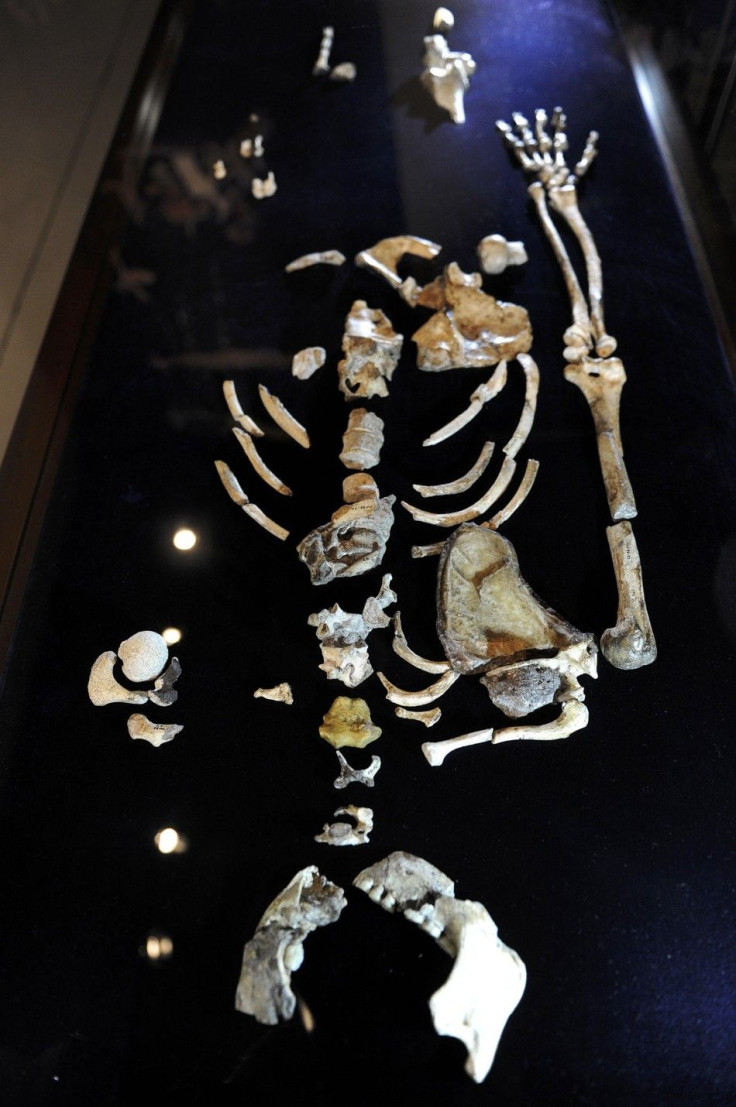New Fossil May Explicate Human Family Tree and its Evolution

Paleoanthropologists are hopeful that the recent discovery of a 2-million-year-old fossil might explicate the understanding of human evolution.
Lee Berger found the fossil in the remnants of a subterranean South African cave.
The new species, known as Australopithecus sediba, is said to be the most plausible known ancestor of archaic and modern humans. Australopithecenes is a group of extinct hominids, apelike creatures, closely related to humans.
“A. sediba could help anthropologists understand, to a greater degree than any human-ancestor species discovered so far, the transition from late australopithecines — the apelike group of species that came before the first Homo species — to the first direct ancestors of humans,” Berger told National Geographic.
Berger would radically redraw the present version of the human family tree, with this new species displacing the famous tool-making fossils, Homo habilis, as the most likely bridge between the australopithecines and the human lineage.
This amalgamation of apelike and human features suggest that the new species was somewhere between the australopithecines and humans.
The team of researchers has recovered an almost complete right hand, a foot and a pelvis, after two skulls were found last year.
The new discovery might give some links and boost the understanding of the human family tree and its evolution.
© Copyright IBTimes 2024. All rights reserved.





















